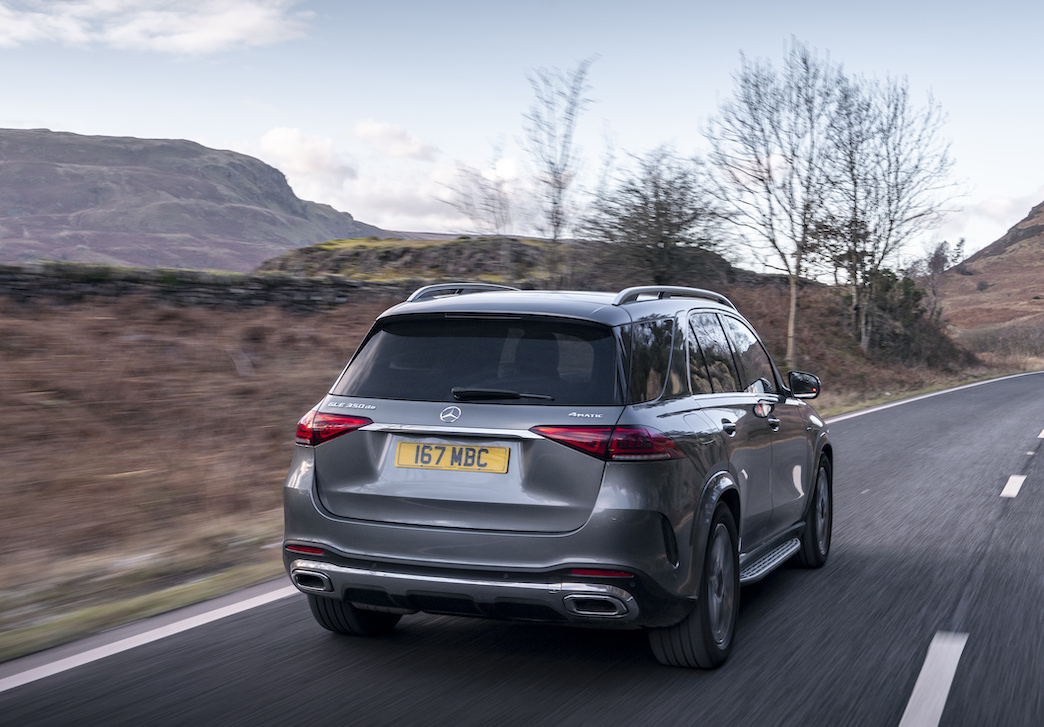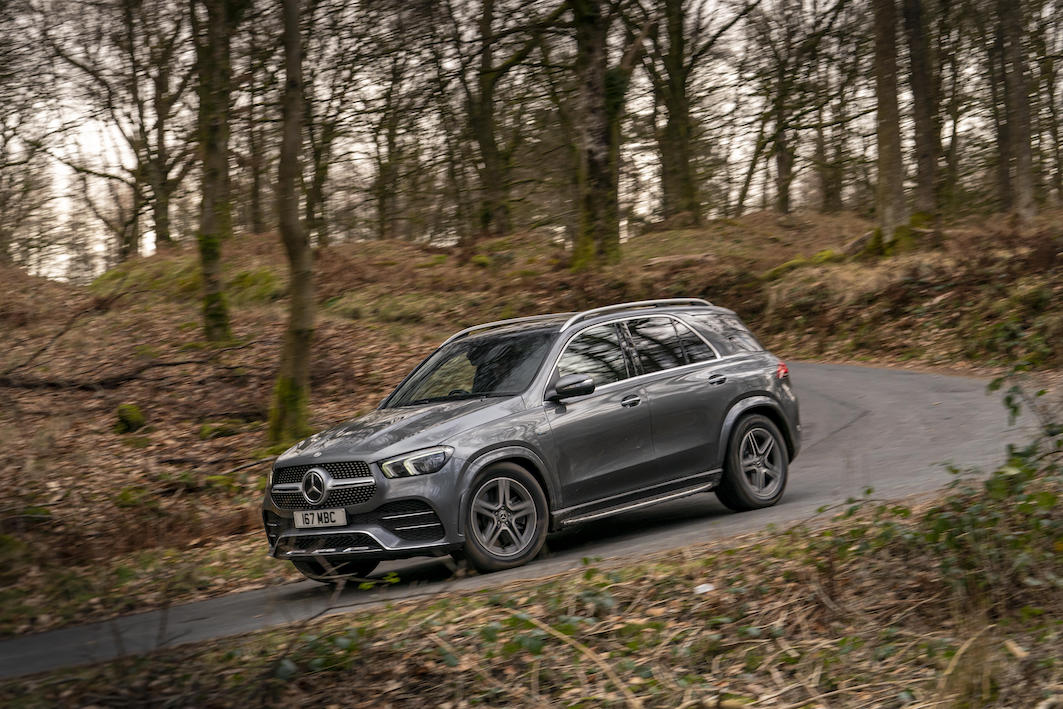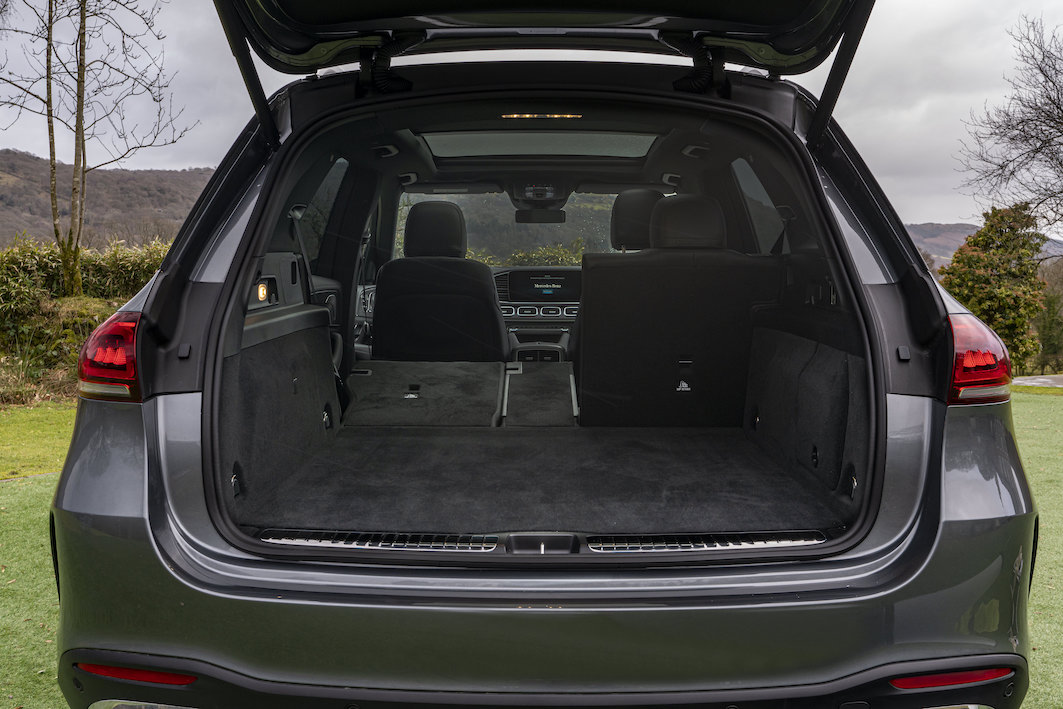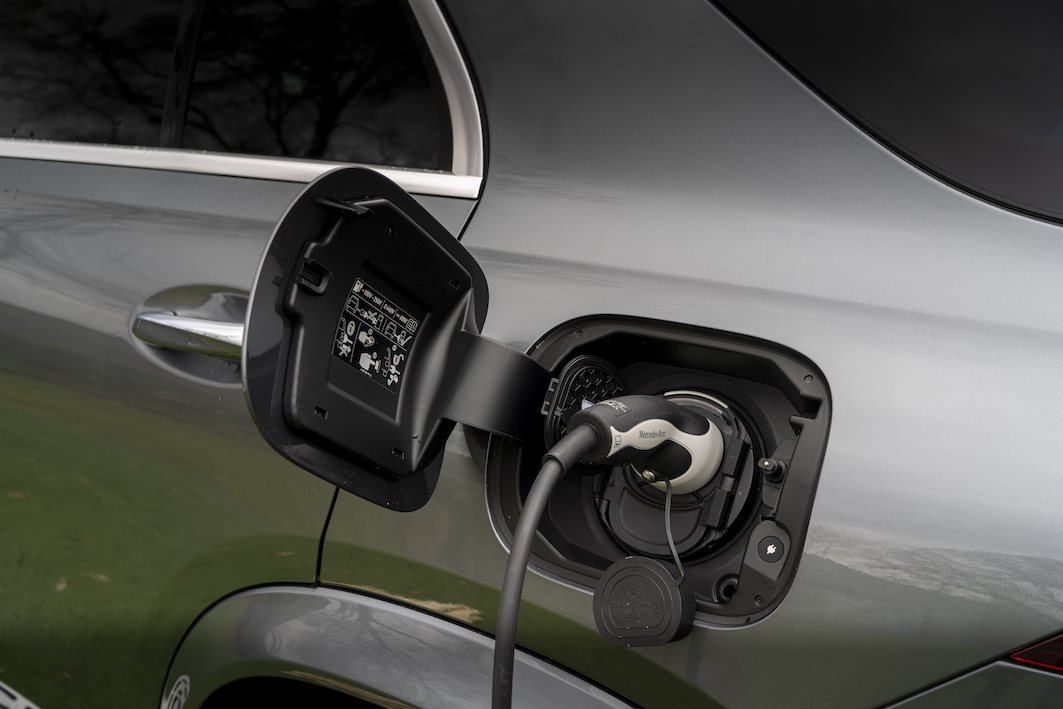Performance
The GLE’s combined power output is 315bhp from its 2.0-litre diesel and electric motor which sounds good in isolation, but the Volvo XC90 Recharge manages 390bhp from a 2.0-litre petrol and electric motor while the BMW X5 xDrive 45e packs the same from a 3.0-litre petrol and electric motor. In fact despite its smaller arsenal, the Merc is only a second slower than the other two, but while it feels slower than that in the real world, it’ll be more than quick enough for most. What’s of more importance is how the Mercedes switches between electric and diesel power and in this regard it’s just as good as its rivals. The nine-speed automatic gearbox is very smooth and there’s Mercedes’ high-effective 4Matic four-wheel drive system should the road get slippery – or, dare we say it, you venture off-road.
Drive
There are a handful of driving modes but Comfort is the default and will be the standard mode for most. In this setting, the GLE automatically flits between diesel and electric motor and does an excellent job. Sport actually diverts some of the engine’s power to the battery pack to charge it so the engine and motor are giving the most amount of punch for quicker performance. Once that 60-odd electric range is exhausted, the small 2.0-litre diesel feels a little strained – but it is hauling around a 2.6-tonne SUV after all. The GLE isn’t as thrilling to drive as the X5 but it’s just as plush and comfy as the XC90. One thing that’s worth noting though our car was the top-spec model with air suspension and it should have had 22-inch wheels, but it rode on 20s instead. This gave a very smooth ride and worth bearing in mind when it comes to selecting optional extras.



























